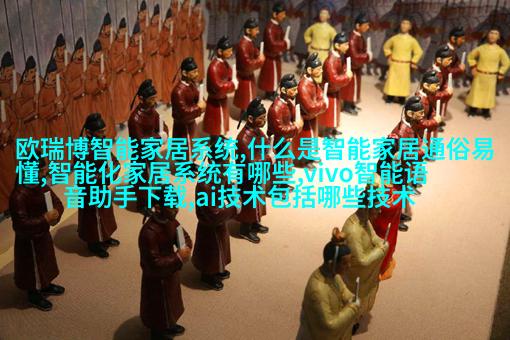一、不锈钢陶瓷填料的概念与历史

不锈钢陶瓷填料是一种新型的高性能复合材料,其核心在于将优质不锈钢颗粒和陶瓷颗粒进行精确混合,形成一种既具备金属强度又具有耐高温、抗腐蚀性质的复合材料。这种材料自20世纪末期开始逐渐受到研究者的关注,并且已经在航空航天、化工设备等领域得到了广泛应用。
二、不锈钢陶瓷填料的制备技术

为了获得高质量的不锈钢陶瓷填料,首先需要选择适宜的原材料。通常情况下,使用304或316L等类型的无缝管作为主要原料,这些管材具有良好的耐腐蚀性和机械性能。在制备过程中,不同尺寸和形状的小颗粒会被通过磨粉机磨成细粉,然后再经过筛选以达到所需大小范围。此外,对于陶瓷部分,也需要根据不同的应用场景选择合适的地壤或矿物,以确保其化学稳定性。
三、不锈steel-tile-1.jpg

三、高性能特性的分析
热稳定性:由于其本身就是由金属和非-metallic相结合组成,因此能够承受较高温度环境而不会出现热膨胀导致结构破裂的问题。
耐腐蚀性:通过采用特殊表面处理方法,如电化学氧化,可以进一步提高其抗酸碱介质侵蚀能力。

机械强度:相比传统铸造件,不锈钢陶瓷填料拥有更佳韧性和抗拉强度,使其在承受力方面有显著优势。
四、市场前景与应用潜力分析
随着全球对绿色环保产品需求不断增长,以及工业生产对零部件要求越来越严格,不锈钢陶瓷填料正逐步成为制造业中的重要资源之一。未来,这种新型复合材料预计将在能源转换设备、高端装饰建材以及电子行业等领域得到更广泛地应用。

五、新技术研发趋势探讨
尽管目前已取得了显著进展,但仍然存在一些挑战,比如成本控制问题以及如何进一步提升其加工效率。因此,未来的研究方向可能会聚焦于开发更加经济有效的手段,同时加大对模具设计优化及生产线自动化程度上投入,以推动产业链条向前发展。
六、小结与展望
总结来说,不锈steel-tile-2.jpg
Not only does the stainless steel ceramic filler possess unique advantages in terms of performance, but it also has a promising future in various industrial sectors. As researchers and manufacturers continue to explore new ways to improve its manufacturing efficiency and reduce production costs, we can expect this innovative material to play an increasingly important role in shaping the future of industry.
In conclusion, the stainless steel ceramic filler is more than just a blend of two seemingly disparate materials – it represents a harmonious union that yields remarkable properties and vast potential for technological advancement. As we look ahead into the unknown possibilities that await us, one thing remains certain: our pursuit of innovation will continue to forge new paths forward, illuminating the way towards a brighter tomorrow for all mankind.